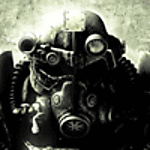Best OOB cockpit in 1/48 scale that i've seen so far. And i've left a few bits off because i'm lazy...i didn't use those little etched magazine handles. Like most people, i decided it was best to glue the side walls to the fuselage rather than making a complete tub assy.
The RLM02 on the pre painted etched parts has a slightly grainy finish that i've noticed with other peoples builds as well, not sure if it's intentional or not? No one else has ever mentioned it before and it's not noticeable from a normal viewing distance anyway.
Whilst the fuselage has fitted together without any need for filler, the same will not be the case for the nacelle to wing joins. The undersides isn't too bad, but after playing around a bit i've just resigned myself to the need for some filling and sanding around the top nacelle to wing joins.
My original choice of colour scheme was going to be the German Iraqi marked machine of Martin Drewes, the future night fighter ace. But doing a bit of research found that it was really a Bf110 D-3 and not an E at all. From what i can find 12 "C-4" and 2 "D-3" 110's were used in Iraq. The D-3 was a convoy escort version and had a tail extension for a dingy and had external fuel tanks instead of SC50 bomb racks outboard of the engines. A photo of Drewes aircraft show that both the tanks and tail extension were fitted, and shows Eduards colour profile to bit a bit innacurate as well! I still plan to do this aircraft some time, maybe using the coming Bf110 D kit instead and scratch build the tail extension.
So my new cunning plan is to do the white washed "Wespen" aircraft.
Andrew




